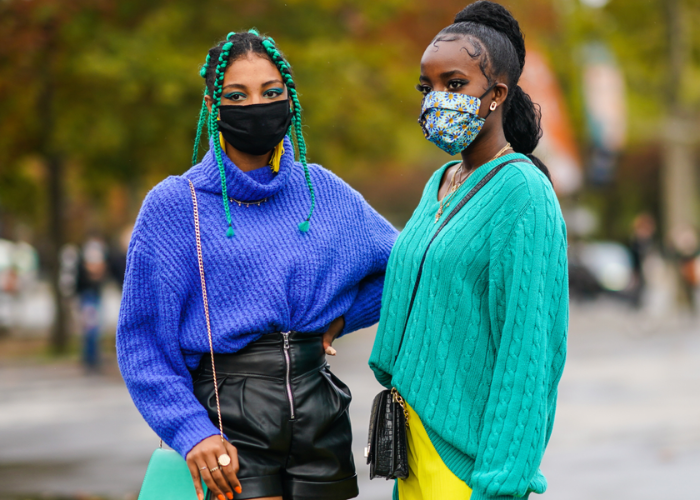Sustainable fashion is a term used to describe a conscious effort to create clothing that minimizes the environmental impact of the fashion industry. As the world’s population continues to grow, it is essential that sustainable fashion becomes the norm for consumers and the fashion industry alike. Sustainable fashion not only reduces the environmental impact of clothing production but also helps to create a more equitable global economy. In this blog, we will discuss the definition of sustainable fashion, the benefits of sustainable fashion, steps to creating a sustainable fashion industry, challenges to achieving sustainable fashion, how technology and innovation can be used to create a more sustainable fashion industry, and what the future holds for sustainable fashion.
Defining Sustainable Fashion
At its core, sustainable fashion is the practice of creating clothing and accessories using materials and methods that minimize the environmental impact of the fashion industry. Additionally, sustainable fashion seeks to create a more equitable global economy by reducing the negative impacts of the fashion industry, such as pollution, exploitation of labor, and unethical production processes. Sustainable fashion incorporates a range of strategies, including using natural and recycled materials, reducing water consumption, using less hazardous chemicals, and creating longer-lasting garments.
The Benefits of Sustainable Fashion
The benefits of sustainable fashion are numerous. Firstly, sustainable fashion reduces the environmental impact of the fashion industry. By using natural and recycled materials, reducing water consumption, and minimizing hazardous chemicals, sustainable fashion can help to reduce pollution and other environmental impacts. Secondly, sustainable fashion helps to create a more equitable global economy by reducing the exploitation of labor and unethical production processes. Sustainable fashion also helps to create better working conditions for factory workers and promotes fair wages. Finally, sustainable fashion helps to create longer-lasting garments, reducing waste and leading to greater cost savings for consumers.
Steps to Creating a Sustainable Fashion Industry
Creating a sustainable fashion industry is a complex process that requires the participation of all stakeholders. Firstly, companies must commit to reducing the environmental and social impacts of their production processes. This can be achieved by using natural and recycled materials, reducing water consumption, and minimizing hazardous chemicals. Secondly, companies should strive to create better working conditions for factory workers, promote fair wages, and ensure that production processes are ethical. Finally, consumers need to be educated about sustainable fashion and encouraged to purchase sustainable fashion products.
Challenges to Achieving Sustainable Fashion
Creating a sustainable fashion industry is no easy task and there are a number of challenges that need to be addressed. Firstly, there is the cost of production. Sustainable fashion requires more expensive materials and production processes, resulting in higher prices for consumers. Additionally, there are challenges associated with the supply chain. Sustainable fashion can be difficult to source due to the limited availability of materials and production processes. Finally, there is the challenge of changing consumer habits. Consumers need to be educated and encouraged to purchase sustainable fashion products in order to create demand for these products.
Utilizing Technology and Innovation for Sustainability
Technology and innovation can play a key role in creating a more sustainable fashion industry. For example, technologies such as 3D printing can be used to create garments from recycled materials. Additionally, artificial intelligence can be used to identify and reduce water consumption in the production process. Additionally, technologies such as blockchain can be used to ensure transparency in the supply chain, enabling companies to trace the source of materials and production processes.
What the Future Holds for Sustainable Fashion
The future of sustainable fashion looks bright. More and more companies are committing to using sustainable materials and production processes, and consumers are becoming increasingly aware of the importance of sustainability in the fashion industry. Additionally, technologies such as 3D printing, artificial intelligence, and blockchain are being used to create more sustainable fashion products. As companies, governments, and consumers continue to commit to sustainable fashion, the future of the fashion industry looks brighter than ever.
Conclusion
Sustainable fashion is an essential part of creating a more sustainable and equitable global economy. It reduces the environmental impact of the fashion industry and creates better working conditions for factory workers. Additionally, technologies such as 3D printing, artificial intelligence, and blockchain are being used to create more sustainable fashion products. As companies, governments, and consumers continue to commit to sustainable fashion, the future of the fashion industry looks brighter than ever.




